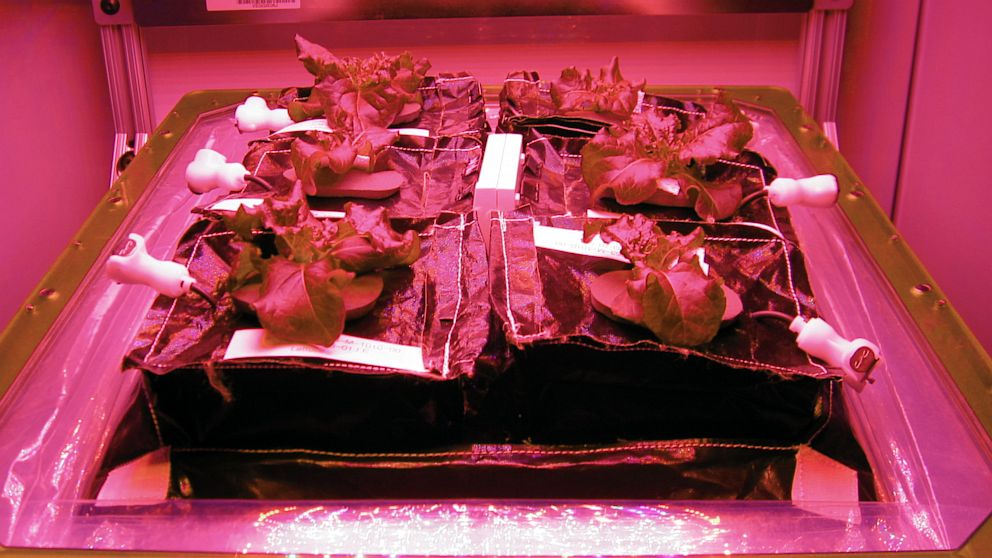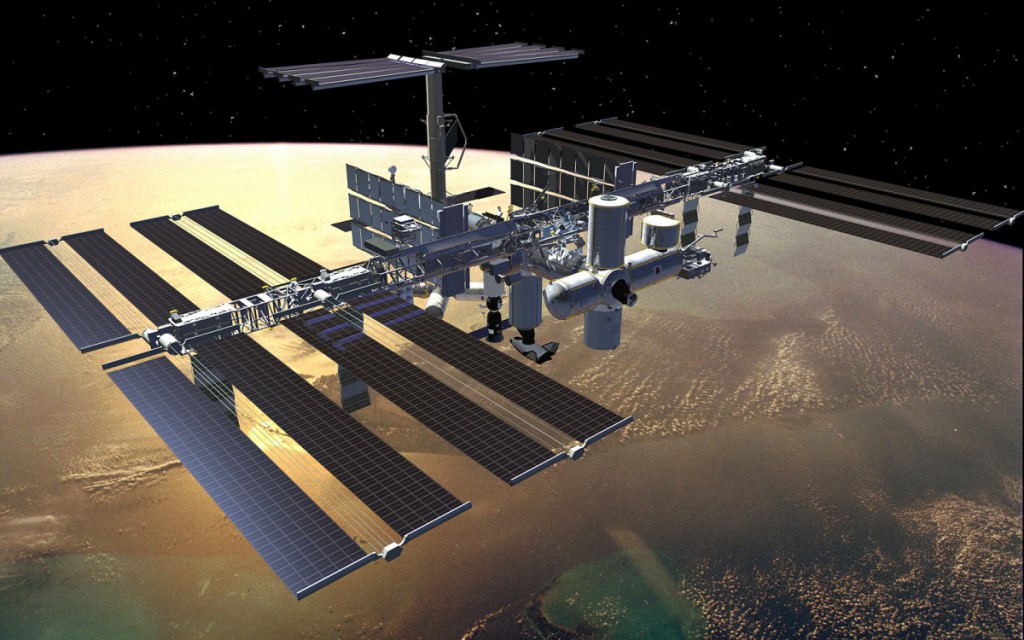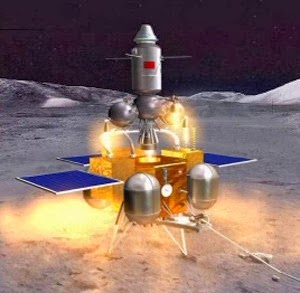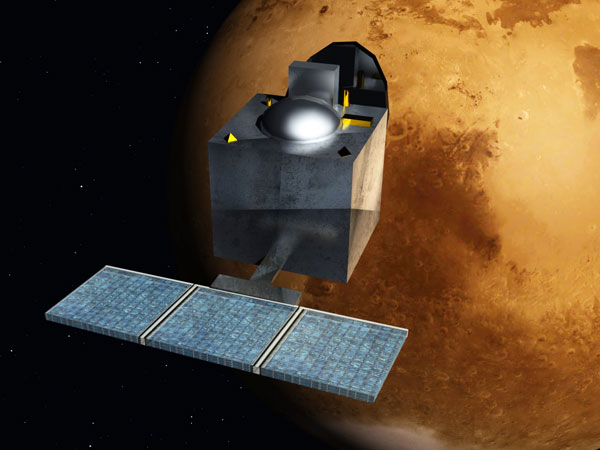NASA’s MAVEN ORBITER
MAVEN, short for Mars Atmosphere and Volatile Evolution, is a Martian climate change probe capable of making unprecedented observations of the planet’s atmosphere. Launched on November 18th 2013, the orbiter will be inserted into areocentric elliptic orbit of Mars on September 22nd 2014. As part of the Mars Scout Program, the $671 Million MAVEN spacecraft will study Mars’ upper atmosphere to explore how the planet may have lost its atmosphere and water over time. Nine instruments will make up the probe, which was built in collaboration with UC Berkley, University of Colorado Boulder, and Goddard Space Flight Center. MAVEN’s instruments will measure characteristics of Mars’ atmospheric gases, atmosphere, ionosphere, and their relationship with solar winds. MAVEN will perform measurements while in orbit over a period of one Earth year, with five low altitude passes to sample the upper atmosphere. Link
https://www.youtube.com/watch?v=n7Pyj8A5vn4







